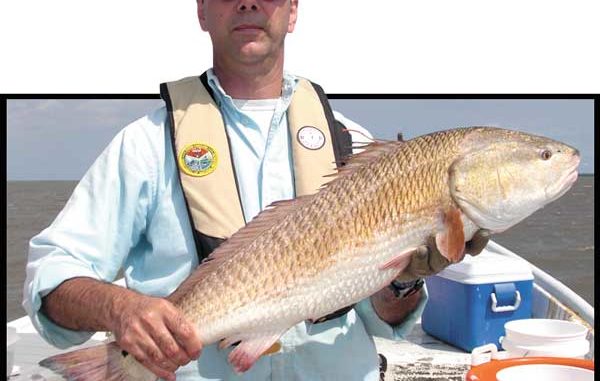
Did you know that South Carolina has a state-sponsored fish-tagging program that is one of the largest in the United States, recognized worldwide?
It’s true. What began in 1974 with a grant from a private fishing club has become a longstanding database for the S.C. Department of Natural Resources to track fish movement — and so much more.
Some things never change, and its always fun to catch and release a tagged fish. So like their program motto reads, “Come Tag Along With Me.”
The program is based at Fort Johnson in Charleston. The Marine Resources Division and their Office of Fisheries Management harness a spirit of stewardship from recreational anglers, while compiling valuable information. The principle funding comes from saltwater license revenues, but fishing clubs routinely chip in, too. This is a perfect example where “green” folks can contribute to our natural resources management by purchasing a fish stamp even if they aren’t fishing. With today’s SCDNR budget squeeze, a money-crunch is imminent, and tagging-program funds are on the chopping block.
Not all species are tagged; they are selected based on their importance, both recreationally and commercially, to South Carolina and the South Atlantic Region. Some species, such as the spotted seatrout, cannot withstand the extra handling and tagging dart without increased mortality rates, so they are not tagged. Fish that are tagged regularly include black drum, black sea bass, bluefish, cobia, flounder, king mackerel, red drum, sheepshead, spadefish and billfish.
If you catch a tagged fish, look at the tag; they come in two colors, orange and red. Record the printed identification number. Also, take an exact measurement of the fish and try to get a weight. If you don’t have a scale, SCDNR can figure the weight from your measurements. DO NOT clip off the tag in order to report the number, which is a common mistake. With the practice of tag-and-release fishing, information can be built up on the SCDNR database each time a fish is recaptured. So leave the tag, but record the number and the fish’s length.
When anglers report their data, SCDNR rewards them by sending a report describing where the fish was tagged and its length. The information reveals where the fish has traveled — or if he has stayed put — and how much he has grown since his first tagging. Since fish often live in schools, this “tackle box” information can help an angler dial in on fishing spots. To learn more about interesting recaptures, visit www.dnr.sc.gov/marine/pub/seascience/tagfish.html.
My personal experience is that inshore fish tend to “hang around” the same areas, not moving a whole lot. They can be plenty hard to find or even “invisible” to a hook-and-line, but they are somewhere close by. The old- school saying that anglers drive right by plenty of fish to get to where they think other fish will be is right on target. Since the tagging program benefits anglers, most are truthful about the location where the fish was caught and the length of the fish — making the data sound.
A few recreational anglers are selected for training by SCDNR to tag fish. Proper techniques insures that the tag is properly inserted, with minimal impact on the fish. I have been a recreational tagger since 1984, compiling a cherished 3-ring binder chock full of nothing except fish tracking information.
The data for fish No. 69589 is an interesting snapshot. I tagged and released a 16-inch redfish on Nov. 15, 1998. On July 13, 1999, the fish was recaptured by SCDNR in their trammel-net sampling. The fish had grown to 20 inches. On Nov. 27, 2000, it was my turn to recapture this particular fish, and I recorded its length as 27 inches. SCDNR nets picked it up again Nov. 2, 2001, and it measured 29.75 inches.
This fish was recaptured three times over 1,083 days; it had grown 13.75 inches. It hasn’t been reported since, but since it was able to reach maturity, I’d like to think it is in the ocean.
Robert Wiggers ran the tagging program at the time, and he enclosed a brief note that said, “Jeff, You get an A-plus for tagging. None of these are estimated lengths, so we get a good size progression over the life history of the fish.”
Once again, accurate data, and not fish tales, is the key to the program being so successful.
Wiggers also said, “Besides our trammel net activities, it appears that not many people fish in that spot. However, now I know about it and will go tear it up this weekend!”
But before I visited his office with a baseball bat, he made sure I knew that he was kidding.
It’s been several years since that exchange; Wiggers is with a different SCDNR office, but we are still friends, and that fishing spot still holds red drum!



Be the first to comment